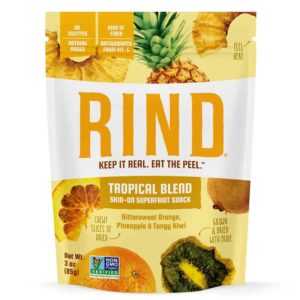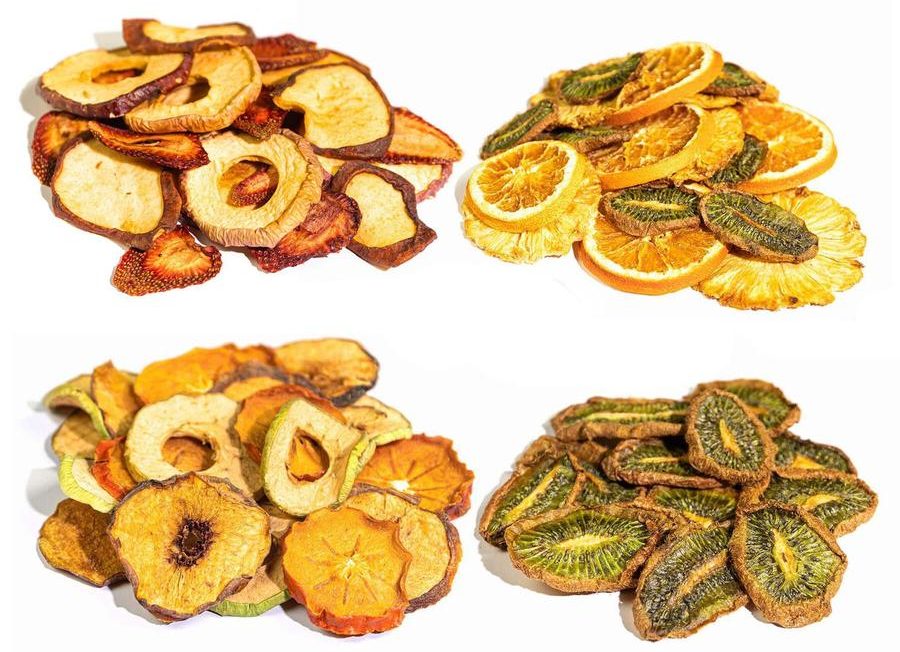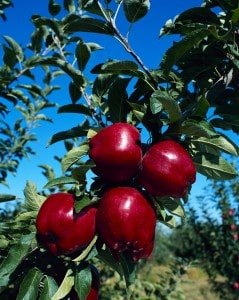Blog
Nutrition and Fitness at EVERY age (but in particular, over 50)
Related listening
The problem with fake sugar
When health experts told us we were eating too much sugar, industry had an answer for us: artificial sweeteners. All the sweetness (and then some!), none of the problems. Only it turned out there WERE problems.
Although they don’t directly affect our blood sugar, artificial sweeteners indirectly affect our ability to metabolize sugar. I review the latest research on this in this week’s Nutrition Diva podcast (below).
And even though artificial sweeteners don’t have any calories, they promote the growth of intestinal bacteria that are linked with obesity. (More on that in the second episode below.)
When artificial sweeteners started to seem like a bad idea, industry had an answer for us: natural non-caloric sweeteners like stevia and monkfruit. (See also: Is stevia an artificial sweetener?)
And although they don’t seem to cause as many problems as the artificial sweeteners, they still encourage us to eat sweet foods and beverages–to the detriment of our overall diet quality. (That’s the topic of the third episode below.)
The real problem here is not that sugar is so bad for us. It’s that we want to eat it in quantities that are not good for us.
And the problem with noncaloric sweeteners (even the natural ones) is that we mistake them as a free pass to consume sweet foods and beverages in unlimited quantities. (See also: What’s a moderate amount for noncaloric sweeteners?)
Related listening
Searching for the elusive get out of jail free card
Disruptions in the Food Supply: What to Expect
Related Listening
Connect with local growers
Learn More
Relief for America’s Small Farmer’s Act,
Local Agricultural Marketing Program
Product Review: RIND dried fruit snacks
 If you’re looking for a nutritious and shelf-stable treat to bridge the gap between grocery runs, RIND dried fruit snacks are an interesting new (to me) option to consider.
If you’re looking for a nutritious and shelf-stable treat to bridge the gap between grocery runs, RIND dried fruit snacks are an interesting new (to me) option to consider.
They’re available from various online and brick-and-mortar retailers. You can also purchase them directly from the company’s website and right now they are donating a portion of all proceeds to support Feeding America‘s Covid-19 response fund.
RIND recently sent me some of their products to sample and I was quite impressed on a few levels (and when it comes to new products and snack foods in general, I’m actually kind of hard to impress…)
There’s power in the peel
First, these are not your typical dried fruit snacks. RIND believes in drying “the fruit, the whole fruit, and nothing but the fruit.” That means peels and all! The result is a tangier, tarter, chewier, more grown up type of dried fruit snack.

I found the balance of sweetness, tartness, and bitterness in the dried orange, persimmon, pineapple, and kiwi much more interesting and enjoyable than bland dried apples or overly sweet banana chips. The chewiness (which occasionally tips over into toughness) also slows you down a bit, which is useful for portion control.
Preserving the peels and rinds reduces food waste, of course, but it also substantially amps up the nutritional value. Much of the fiber of fruit is found in the peels and RIND snacks are quite a bit higher in fiber than most dried fruit– up to a quarter of the day’s requirement in a single serving.
Valuable nutrients are also often concentrated in (or right under) the peel. When you peel apples, for example, you lose half the fiber and iron. And if you want to get the most nutrition out of your citrus fruit, don’t remove that white pith! It may be a bit bitter (some say pleasantly so). But it’s rich in quercetin and other antioxidants. And all of that–plus the nutrients found in the outer rind–is preserved in the RIND snacks.
RIND is a small company. (I had a couple of questions about the nutrition information and the owner called me himself to answer them). They use all USA-grown fruit and add no sulfites, sugar, or preservatives.
If your quarantine (or post-quarantine) rations could use a little brightening up, check them out! My favorite flavors are the Tropical Blend (kiwis, pineapples, and oranges) and the Orchard Blend (peaches, apples, persimmons).
[This is not a sponsored post, by the way. Just an honest review.]
Six Ways to Make Your Diet Healthier (for the Planet)
 Happy Earth Day!
Happy Earth Day!
These days, we’re more conscious of how our dietary choices affect the health of our planet. But it gets complicated. Sure, buying organic products helps reduce the amount of pesticides and artificial fertilizers that are applied to the ground. But what about the environmental impact of transporting organic produce thousands of miles from its source to your table? How about all the energy it takes to process, package, and transport the organic convenience foods and all-natural junk food that fill the freezers and shelves of high-end whole-foods grocers? And to bring the conversation back to nutrition for a moment, how nutritious do you think those organic sugar-frosted corn flakes really are?
In honor of Earth Day, here are six ways to make your diet healthier for your body and the planet. Continue reading “Six Ways to Make Your Diet Healthier (for the Planet)”
The Big 8 and what they mean for your health, nutrition, and safety
Isn’t it kind of obvious that soymilk contains soy? So why would they print that underneath the ingredient list? It’s all about the Food Allergen Labeling and Consumer Protection Act of 2004.
